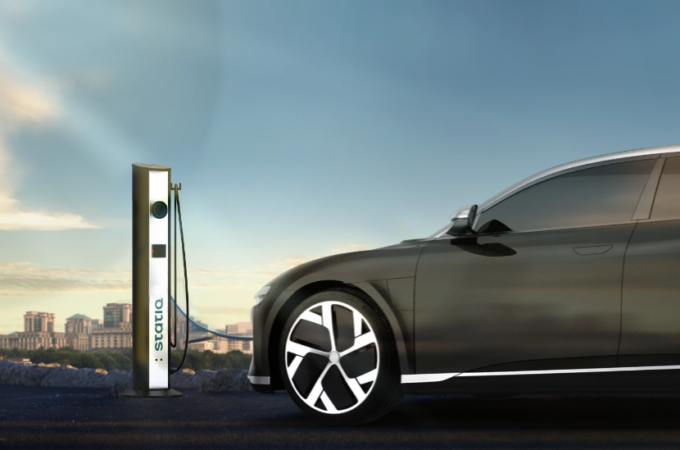
Everything You Need to Understand about HEPA Air Purifier
One of science’s most significant discoveries is the tiny particles in the air we breathe and their effects on our respiratory and other systems. Also discovered were tiny creatures called bacteria and viruses, later revealed to be the cause of many illnesses.
As contaminants in our environment grew, technologies to stop them were, and continued to be, developed. The HEPA air purifier is the most established and popular one.
That popularity is due to the many good qualities that make the HEPA filter so effective:
History
The High-Efficiency Particulate Air or HEPA technology was developed during WW2, where soldiers used gas masks to protect themselves from harmful airborne substances used by their enemies. In the 1940s, it was further developed to protect the staff working in the Manhattan Project from radioactive particles.
Commercialization was during the 1950s, and it became a generic term for all such filters. Their proven track record got them used in situations wherever effective contamination control is essential. That reputation has only grown ever since.
Construction
HEPA is fundamentally composed of fibreglass in the thickness range of 0.5 to 2 micrometres or microns. They are arranged in mats randomly to form thick sheets. Factors that affect their functioning are fibre thickness, diameter, and face velocity. The air gap between the sheets is normally greater than 0.3 microns.
Some constructions can contain metal sheets like aluminium to support the fibre sheets structurally. Such casing helps retain compactness over time. They can also be combined with pre-filters, usually activated carbon layers, to further remove pollutants before affecting the HEPA filter.
Performance
HEPA air purifiers are designed to trap a wide range of particles by trapping them within the fibres. Typically, a combination of diffusion, impaction, and interception is used.
Diffusion works at lower airflow rates by slowing down particles of about 0.1 microns in size, increasing their chances of getting trapped by the other two processes. This happens by them bumping into gas molecules, reducing their energy.
Interception is the process of the particles adhering to the fibres by coming within one radius of them in the air stream. Impaction affects larger particles that cannot avoid the meandering contours of the fibre sheets’ airflow, thus sticking to them. Fibre separation and flow rate affect them negatively. They are ineffective against gases.
Standards
European standards demand 99.95%, and American standards demand 99.97% removal of 0.3 microns particulates. Efficiency increases with both the increase and decrease of particulate sizes. “True HEPA” is the marketing term for purifiers matching up to those standards, while HEPA-like, HEPA-type, etc. mean they are similar but not up to standards. They may not perform as well as true HEPA.
There’s also the Minimum Efficiency Rating Value (MEVA), with a scale of 1-18. 1-4 are simple dust filters, 8-13 are high-efficiency furnace filters. 14-16 is HEPA like, and 17 is True HEPA. 18 is called Ultra Low Particulate Air (ULPA), used in cleanrooms and bio-medical situations.
Cost
True HEPA purifiers cost around $1000 initially, with an annual replacement cost of about $70. Additional filters will reduce replacement frequency due to their sacrificial action during operation.
HEPA air purifiers are the go-to option for reliable, cost-effective air purification anywhere. They are as easy on the pocket as their filtered air is easy to breathe.


